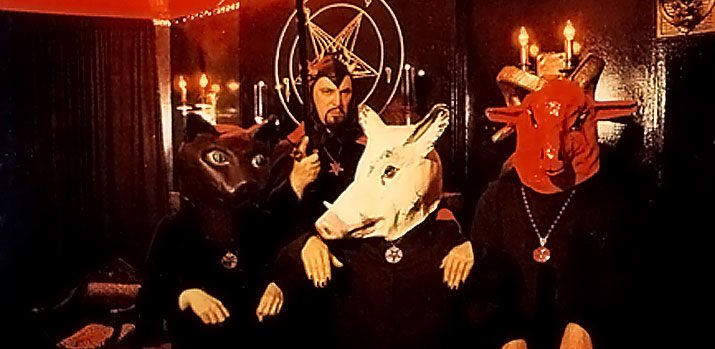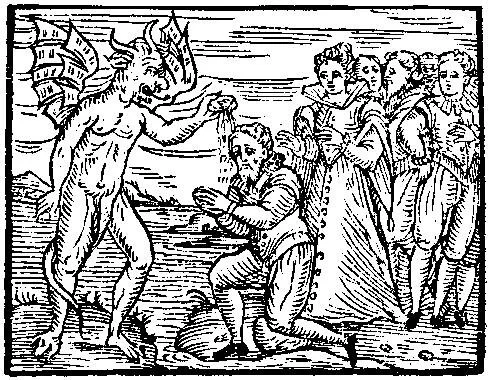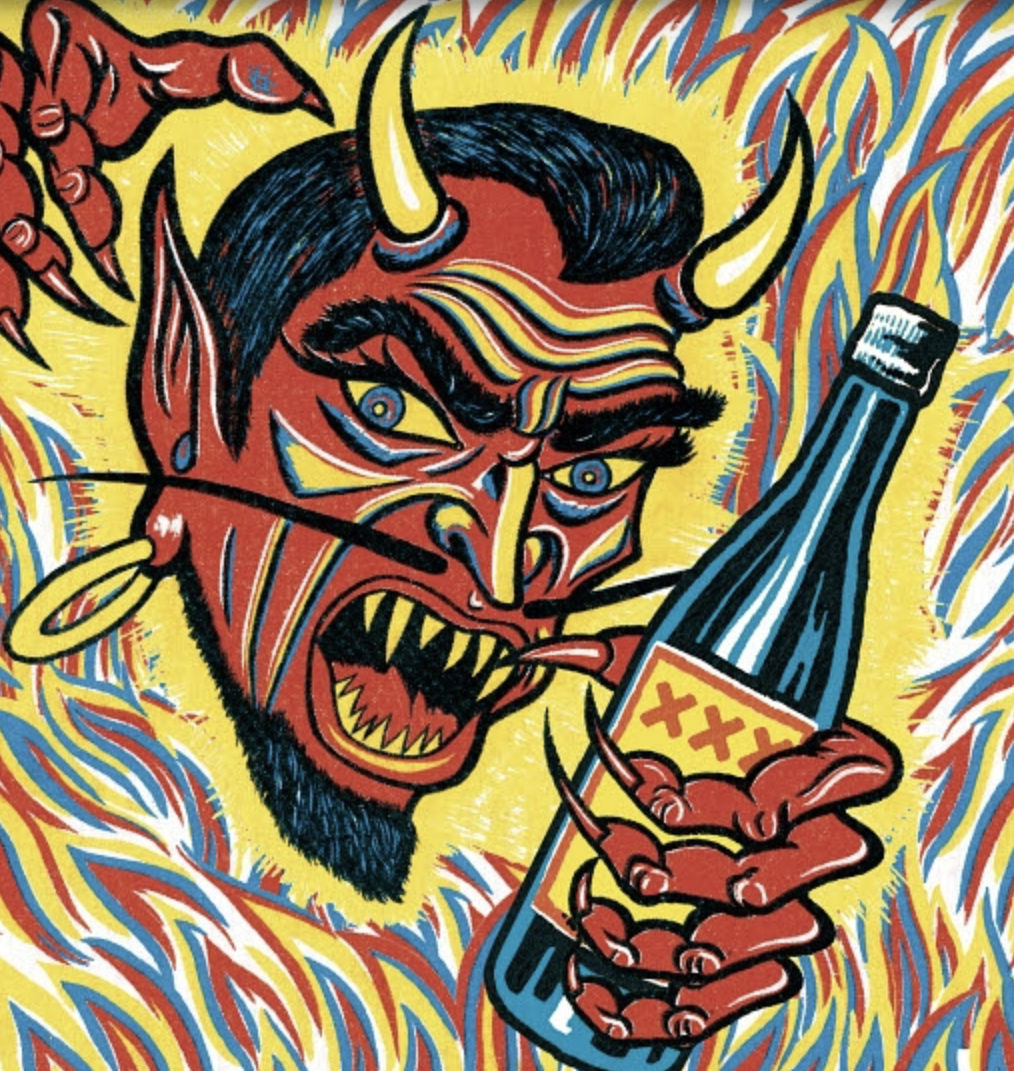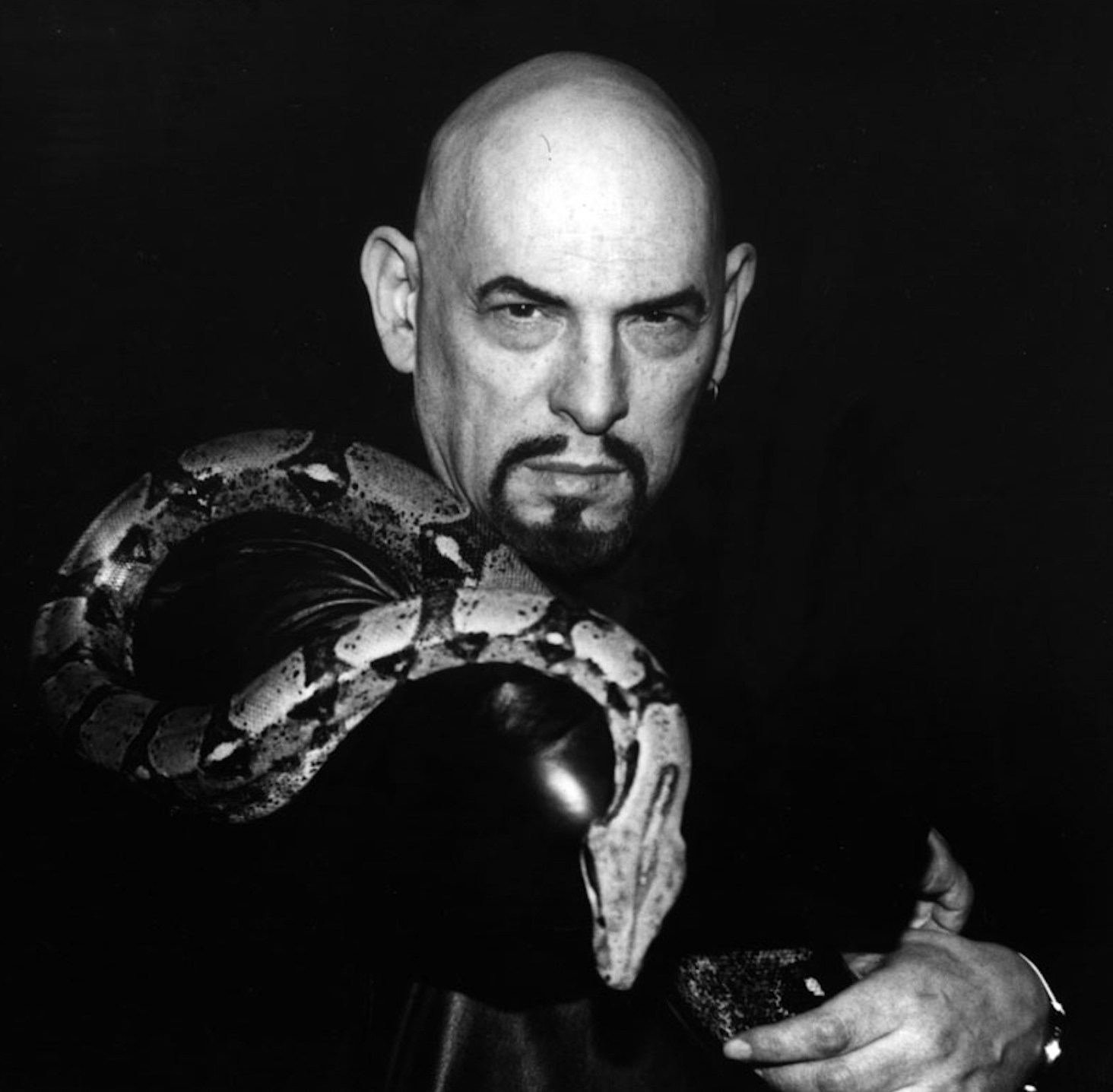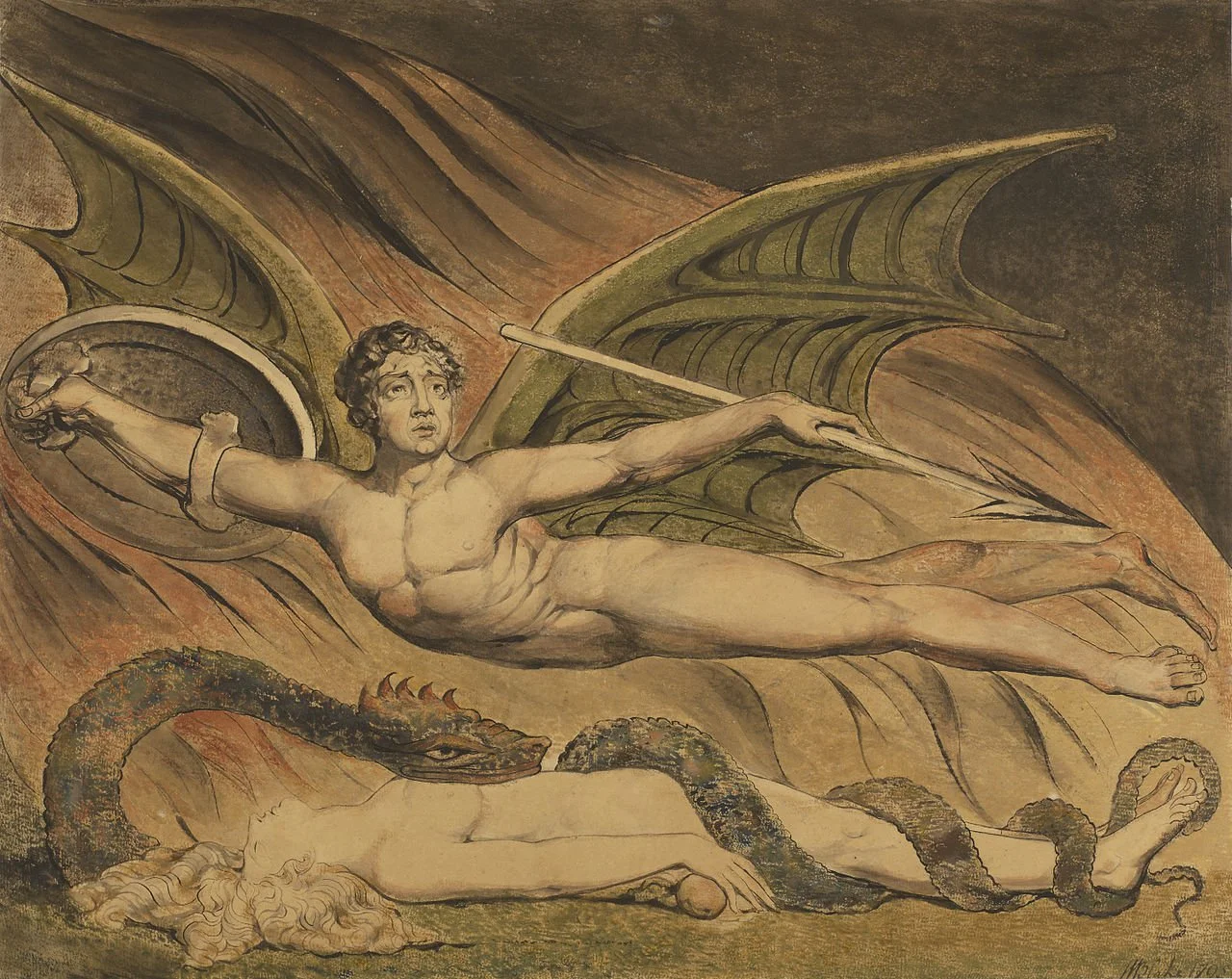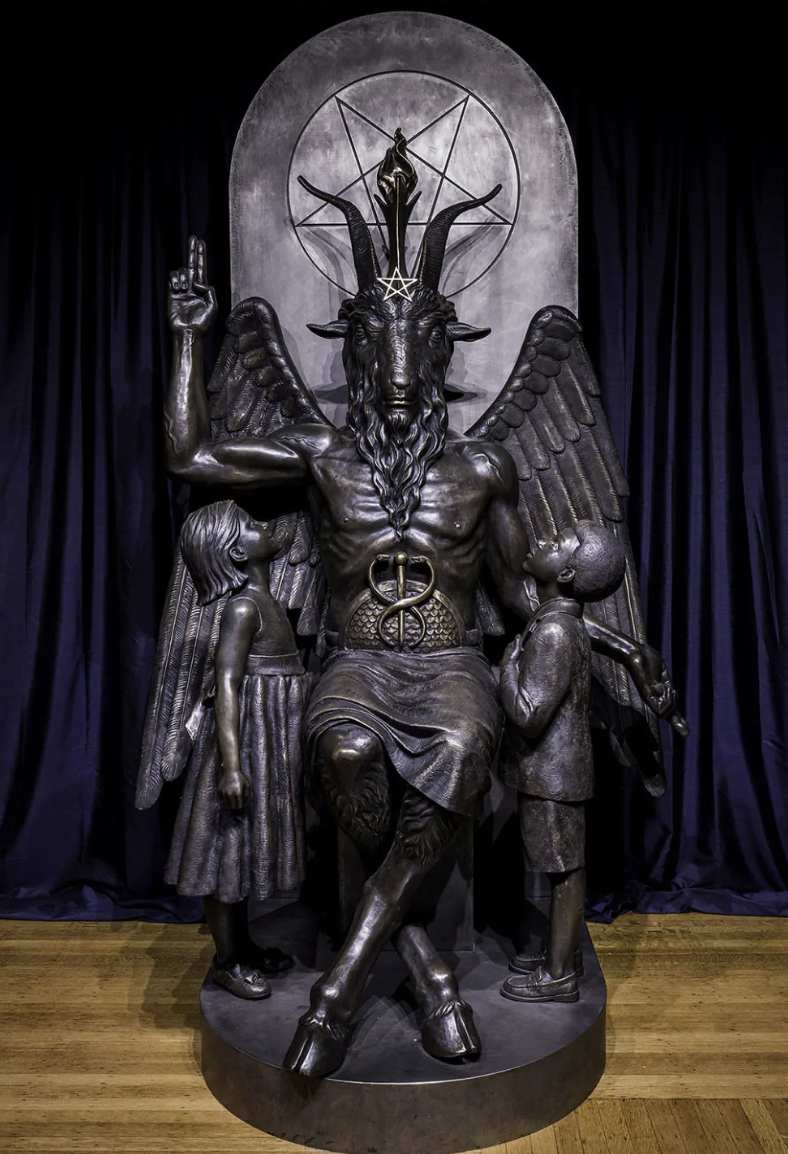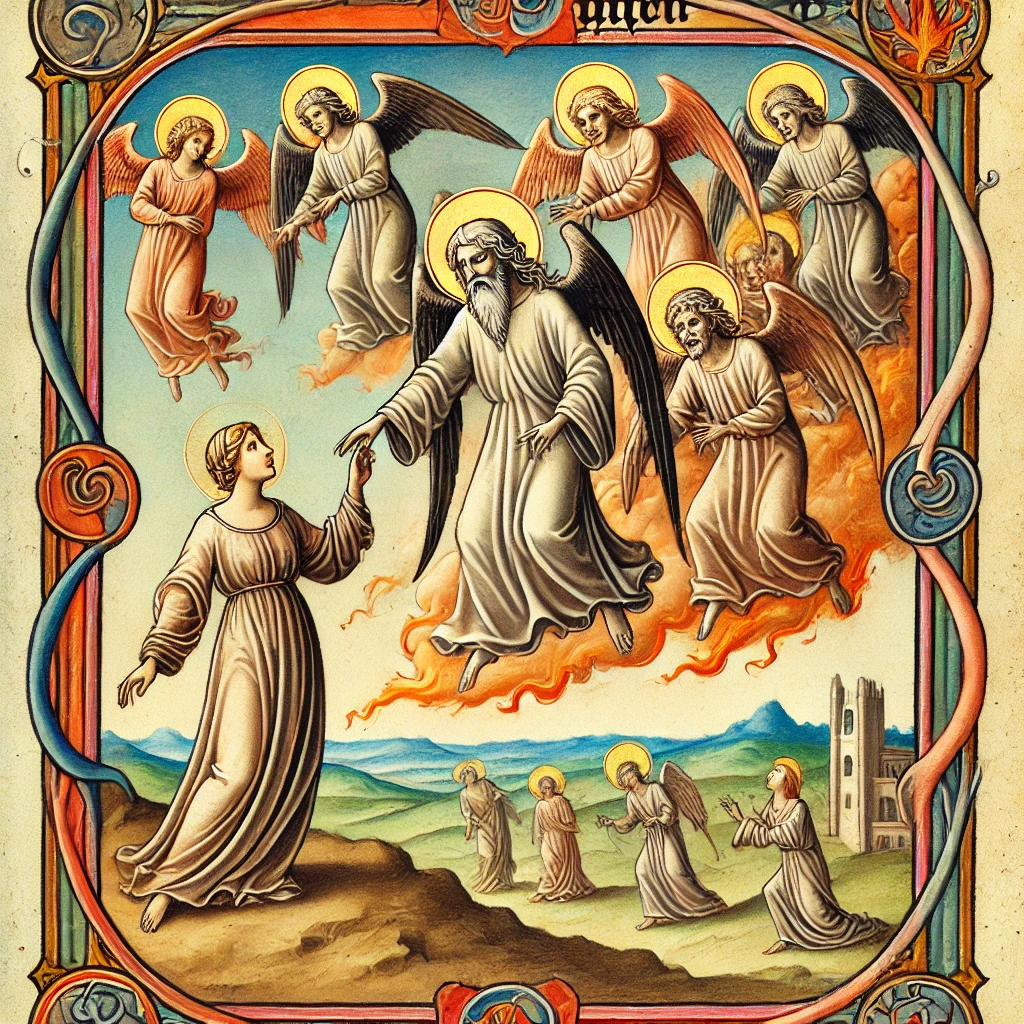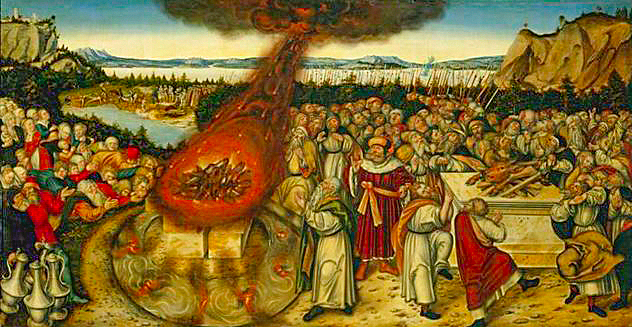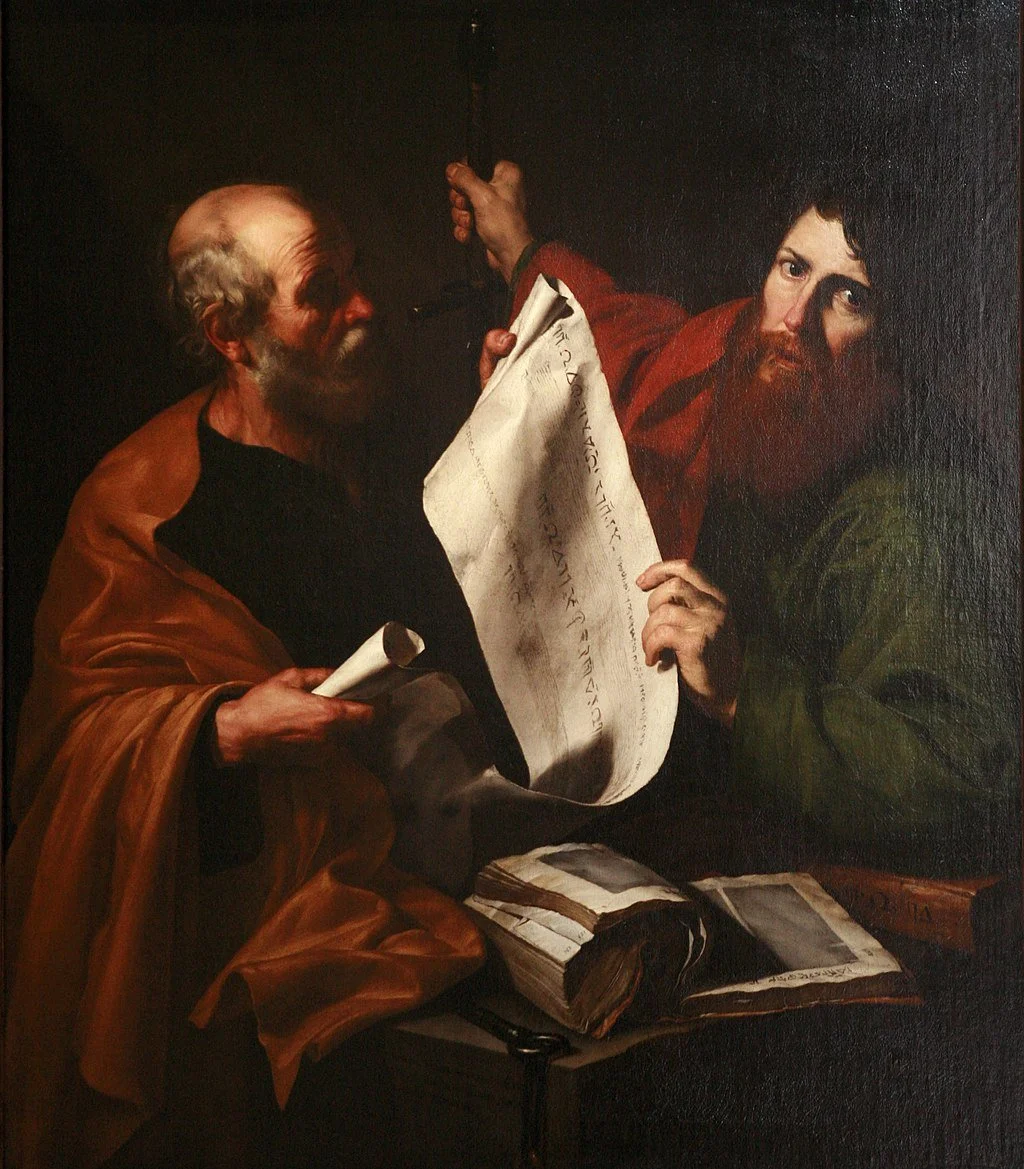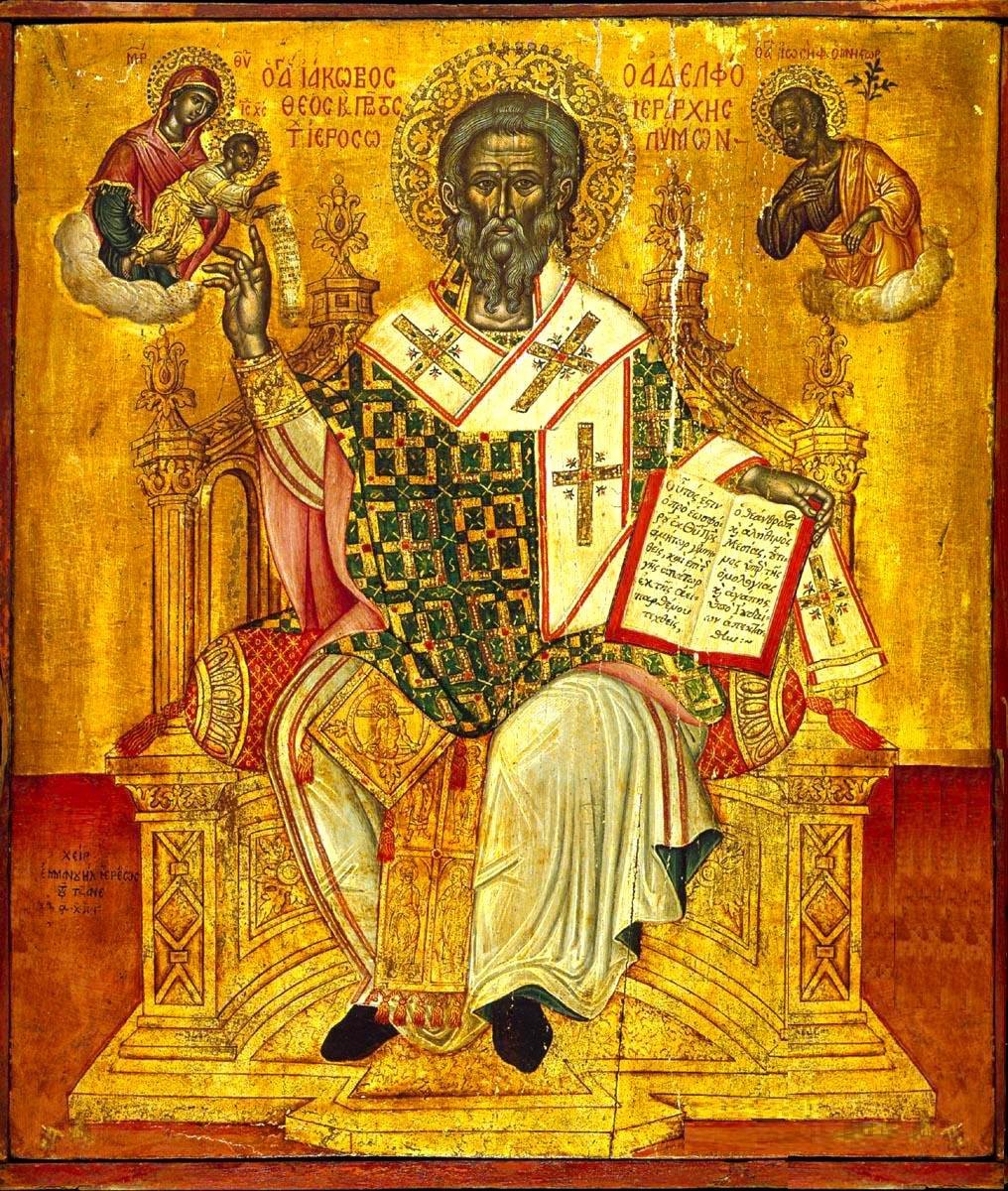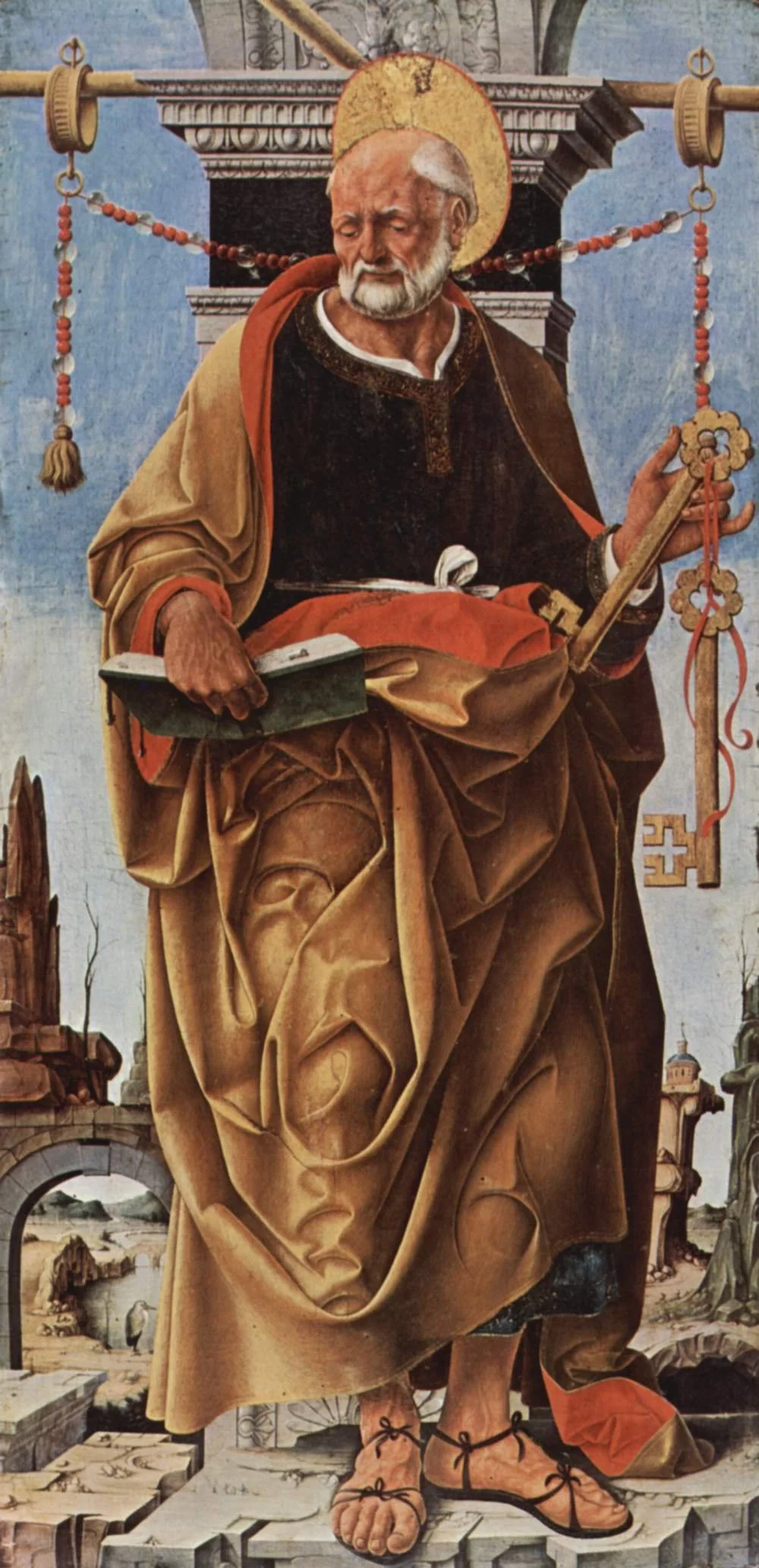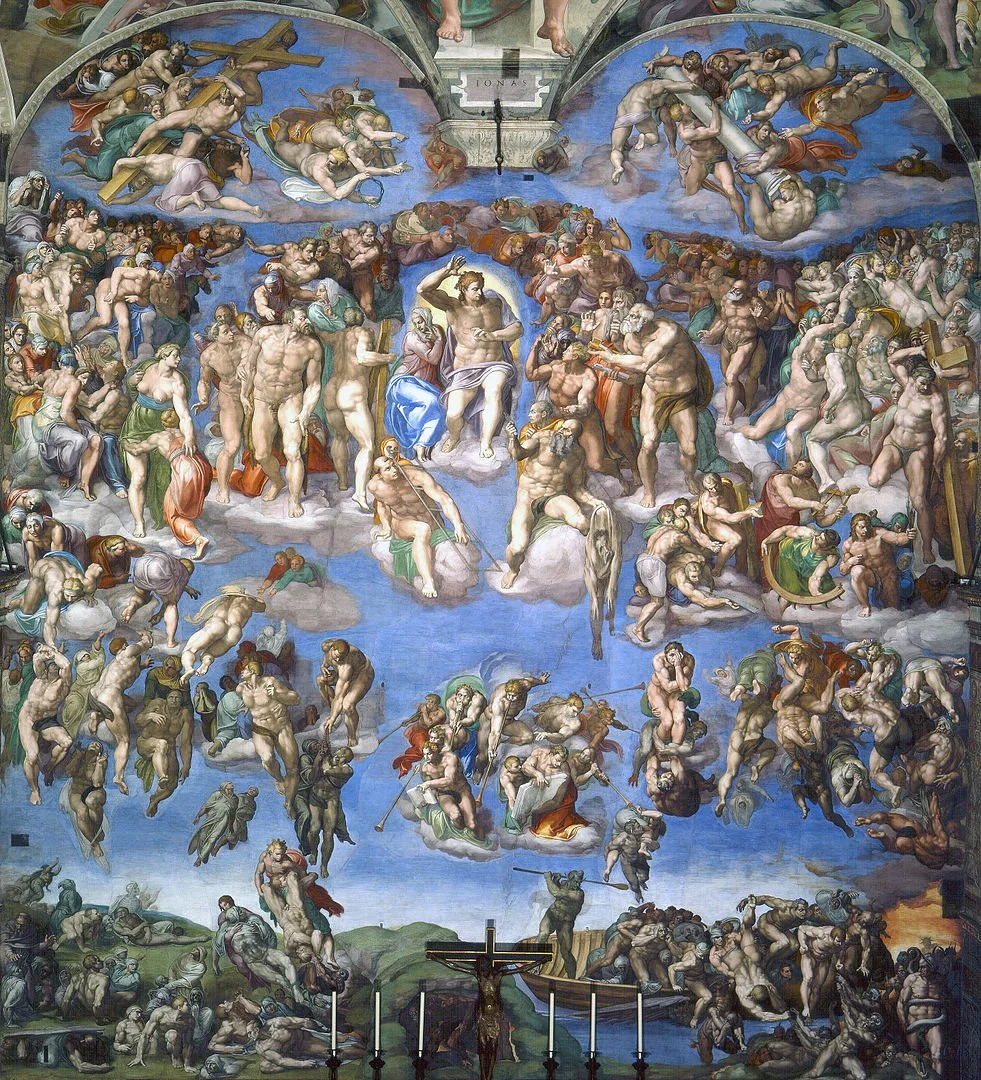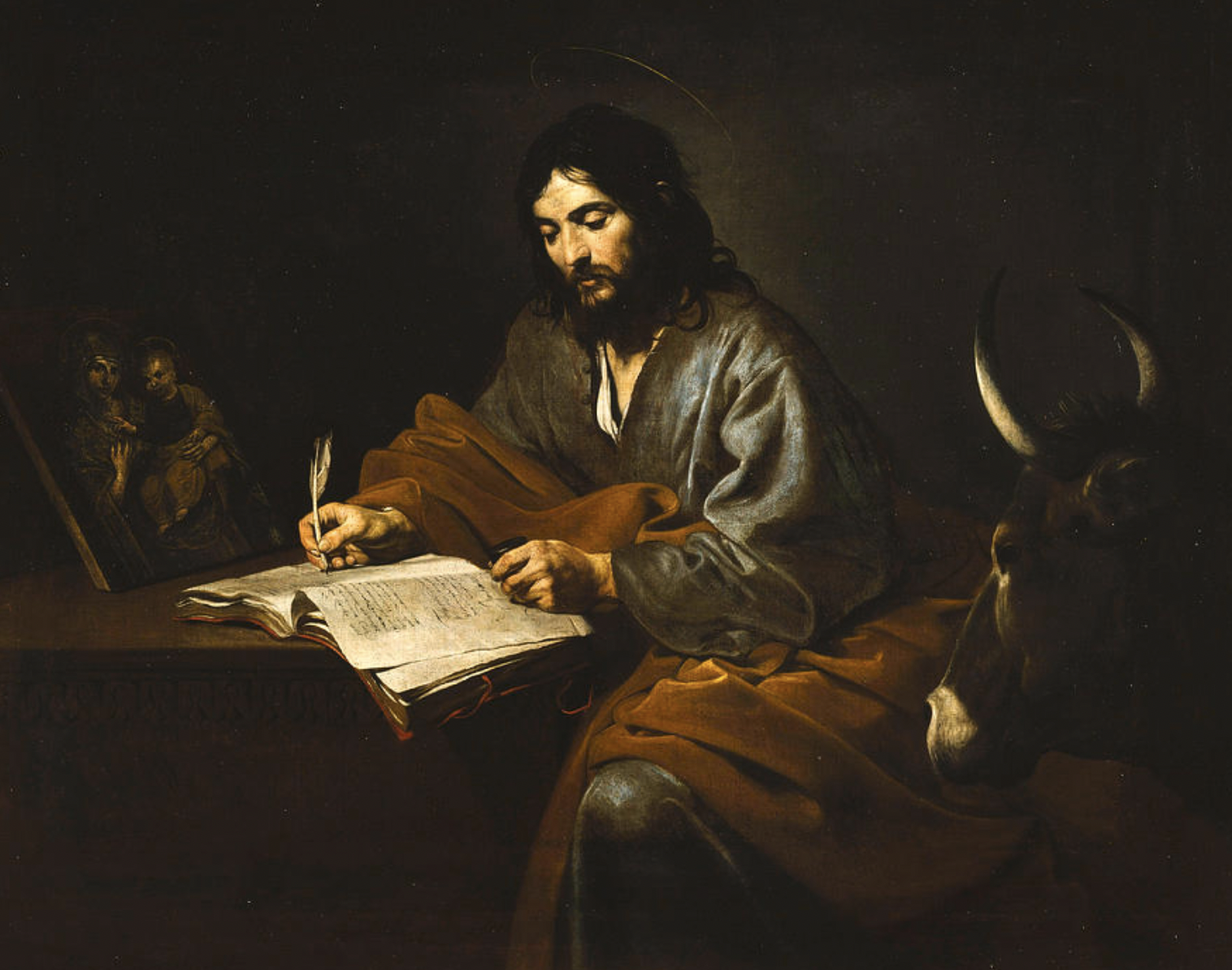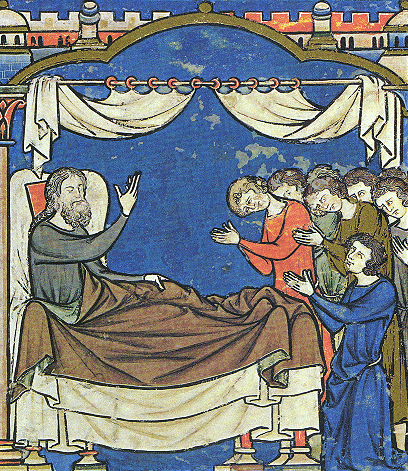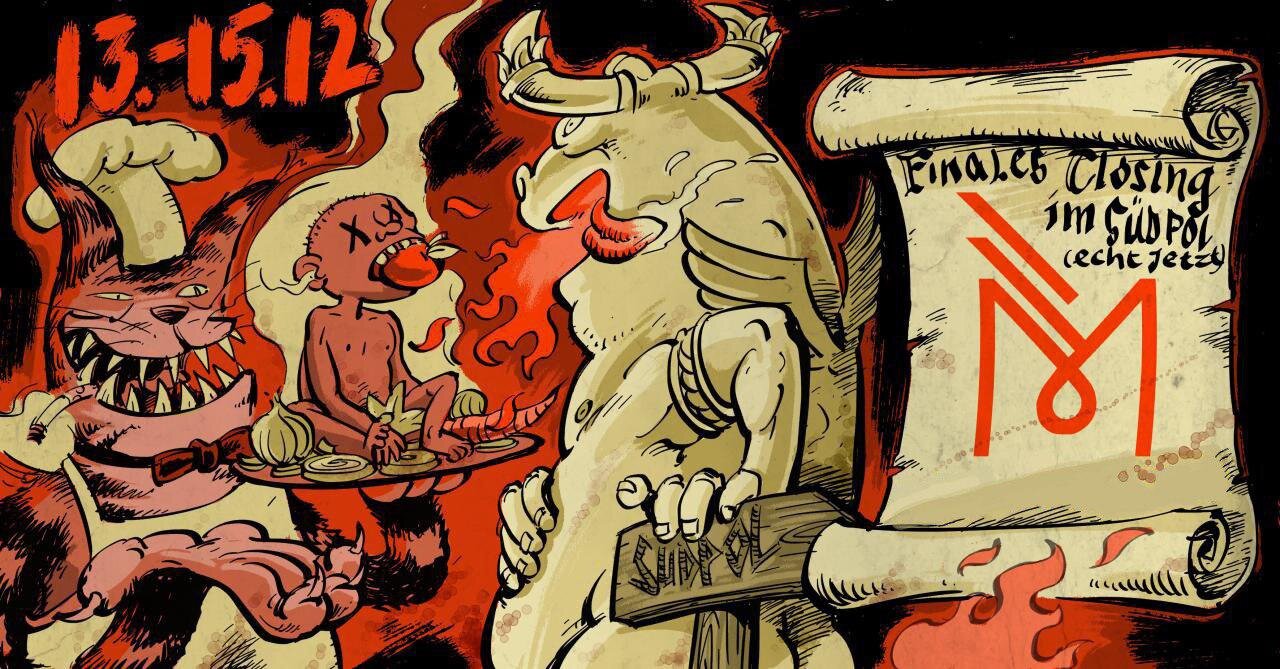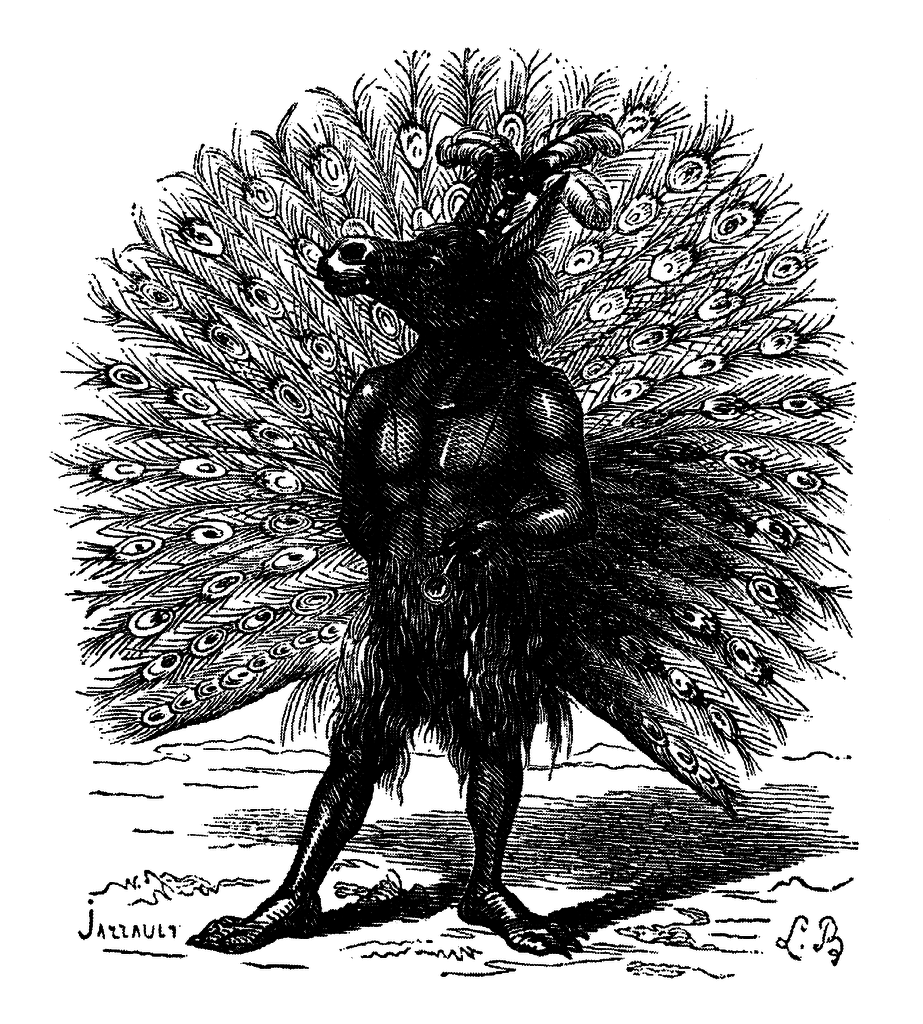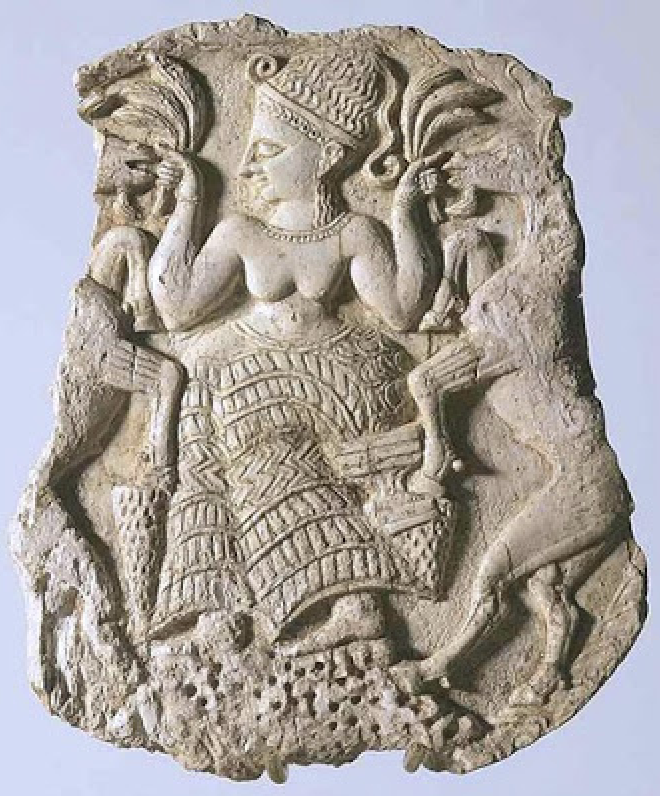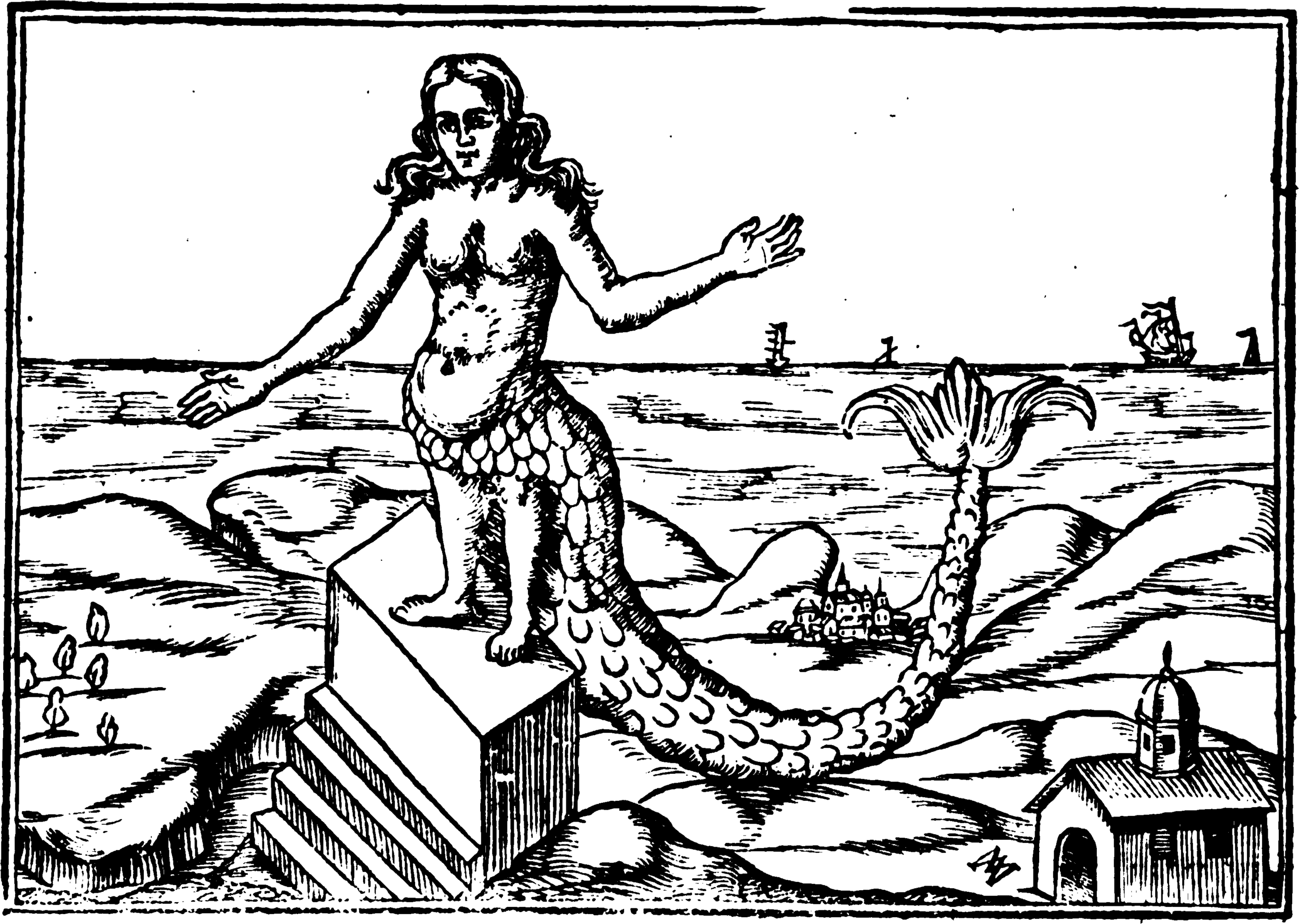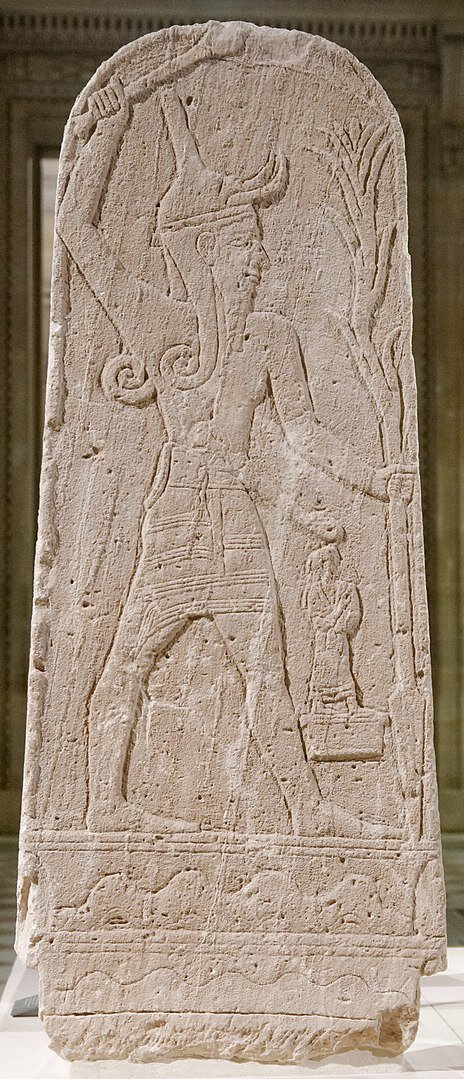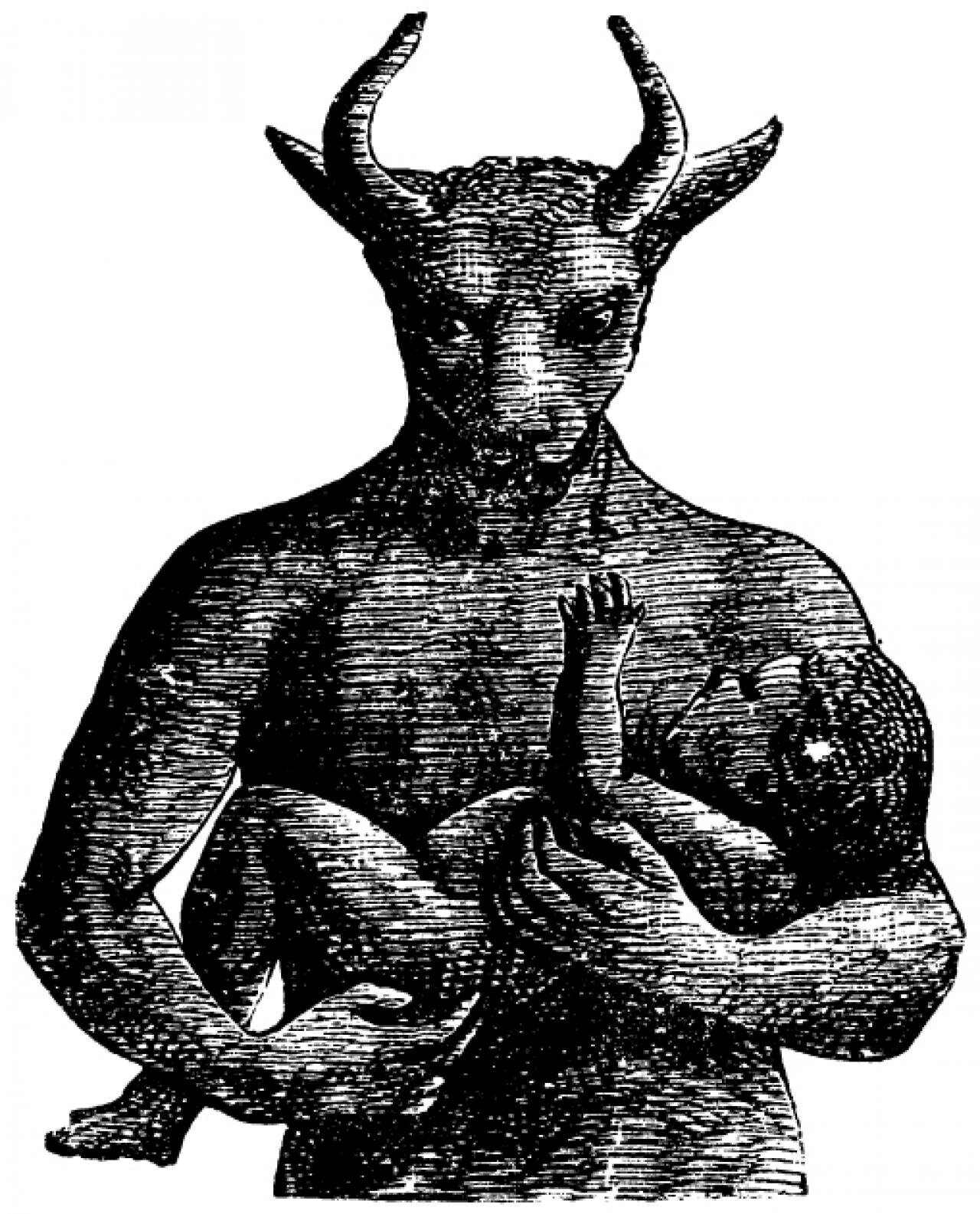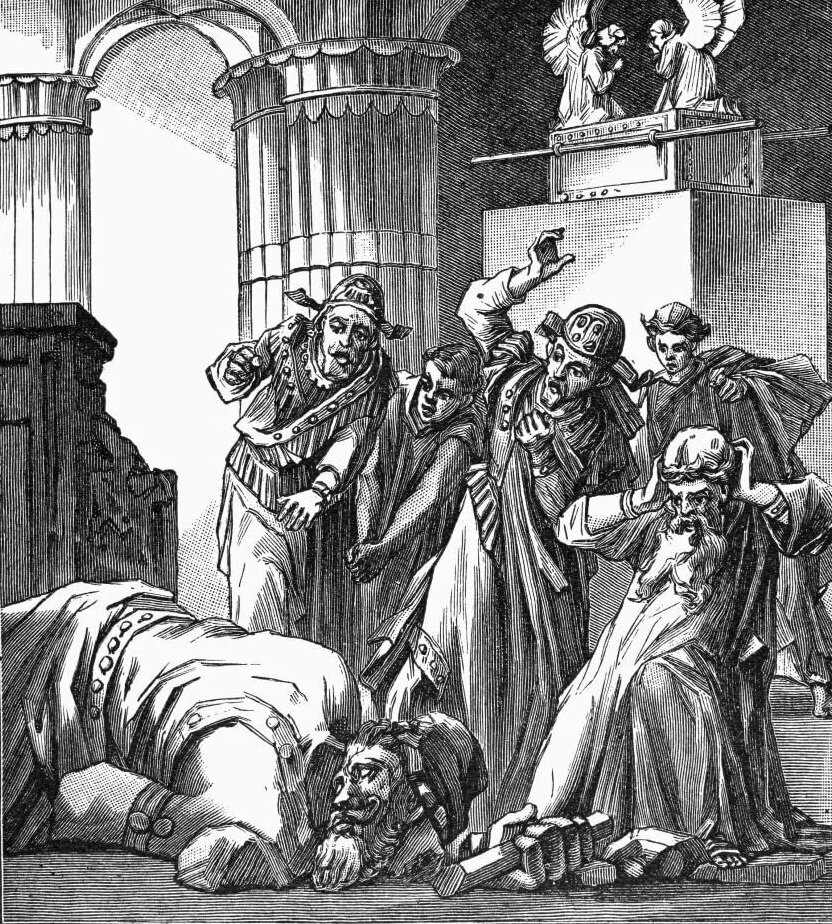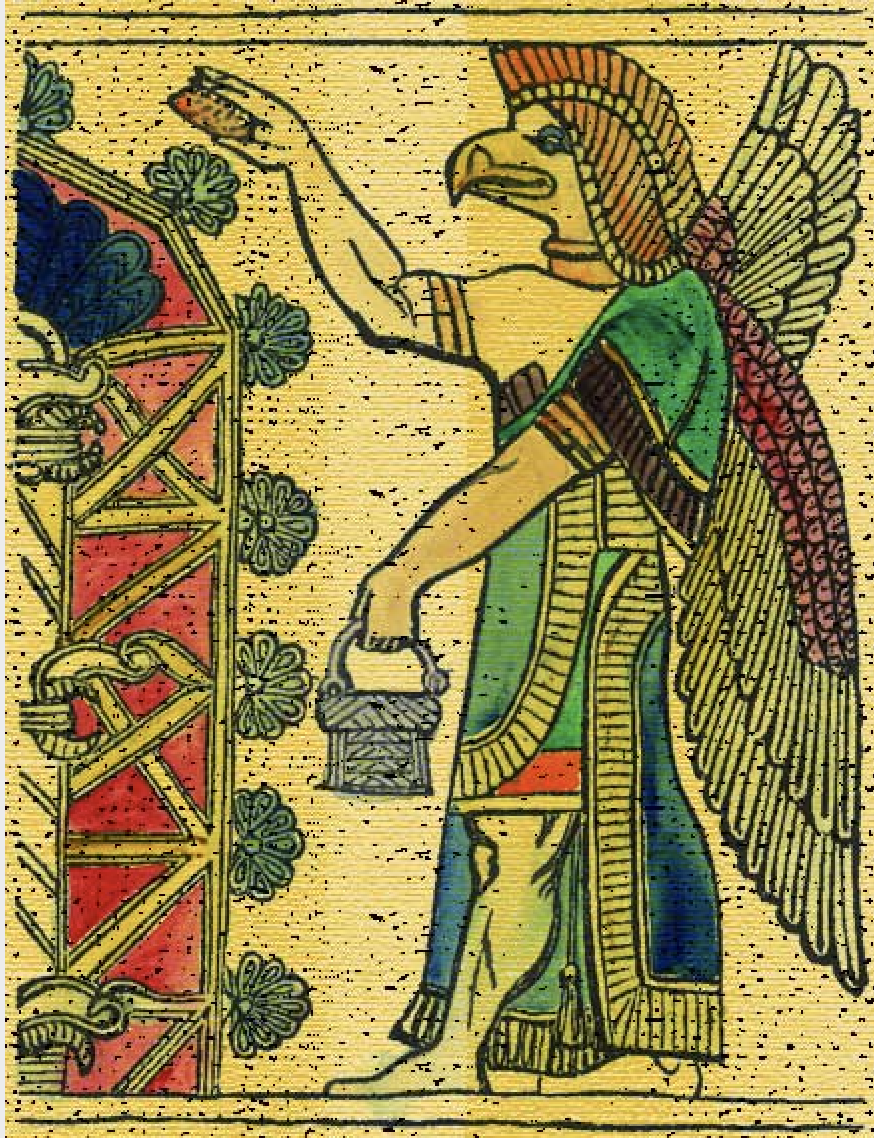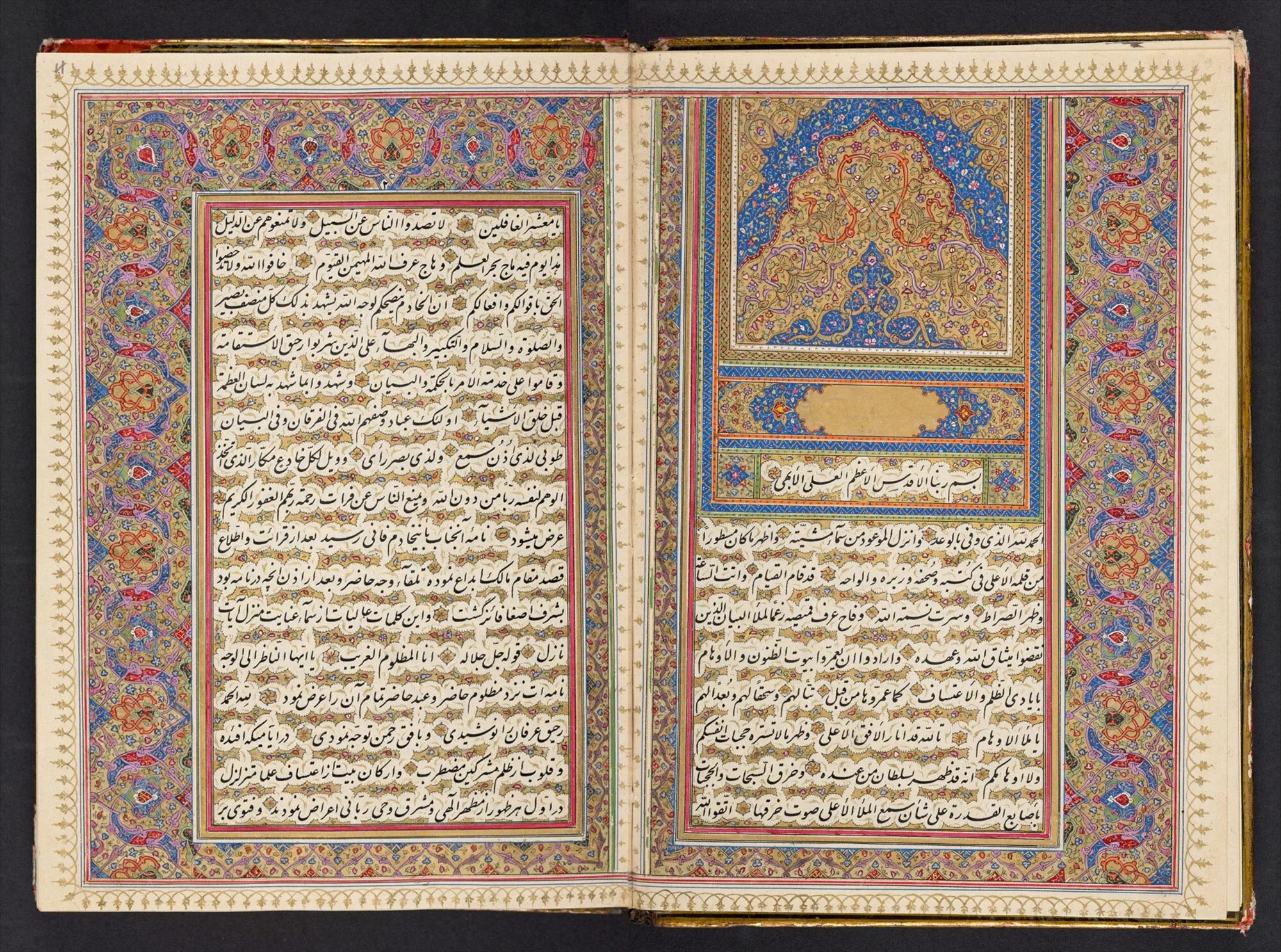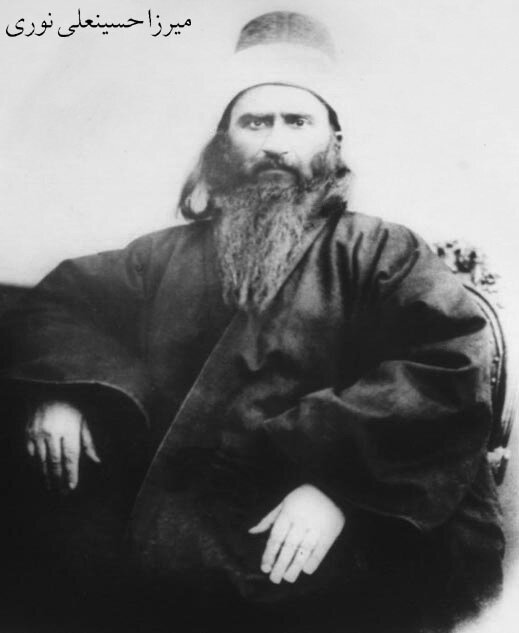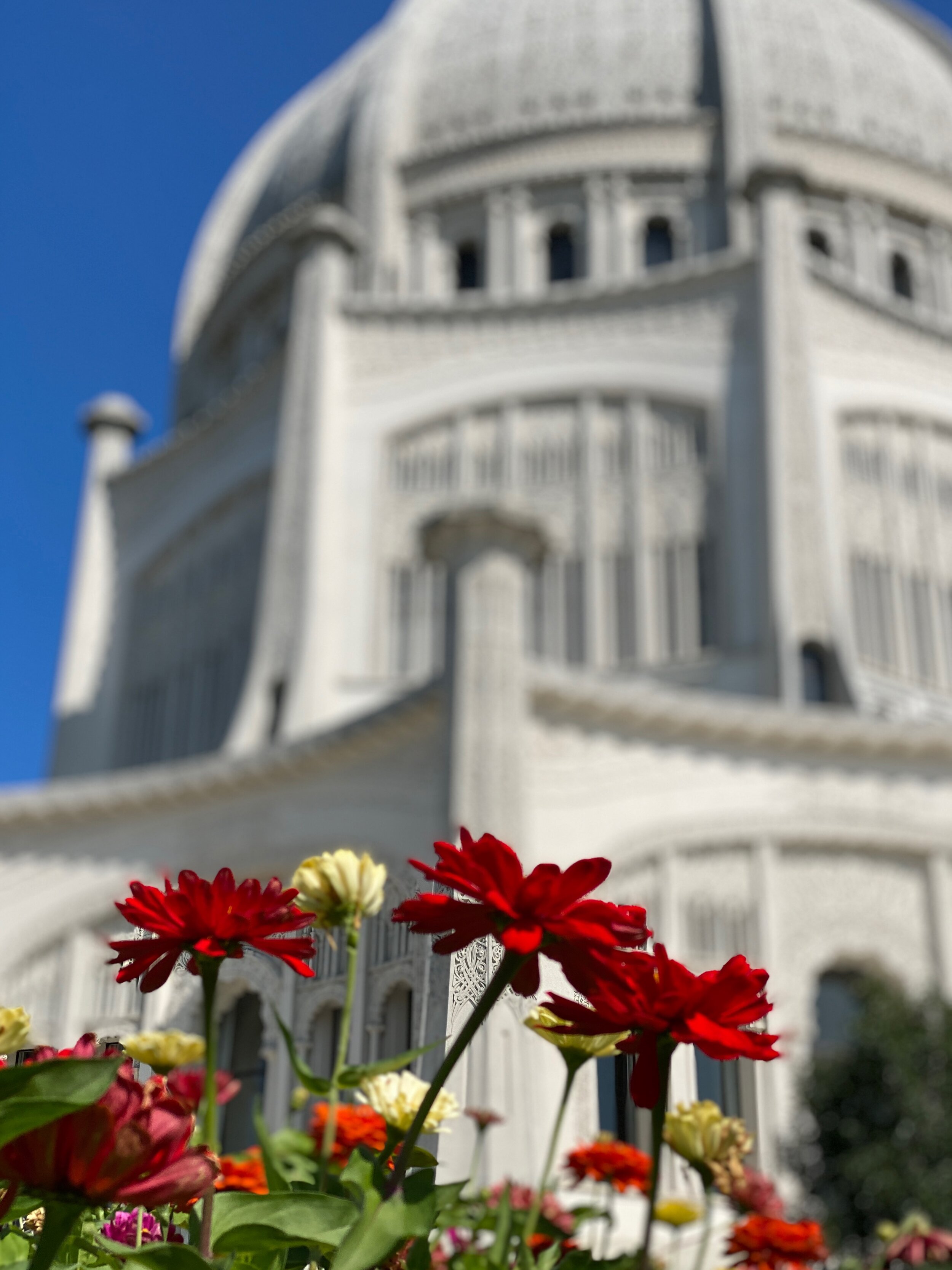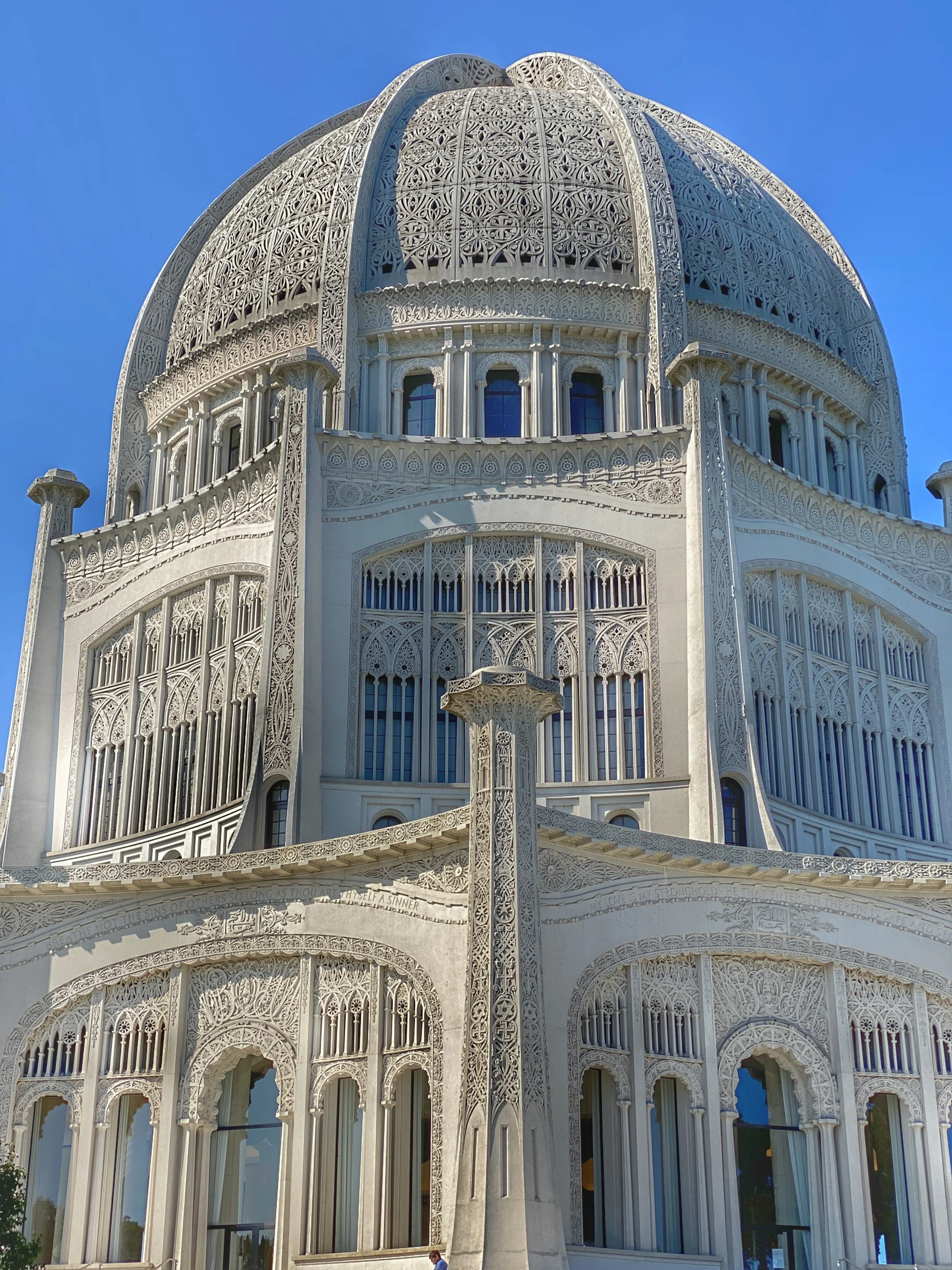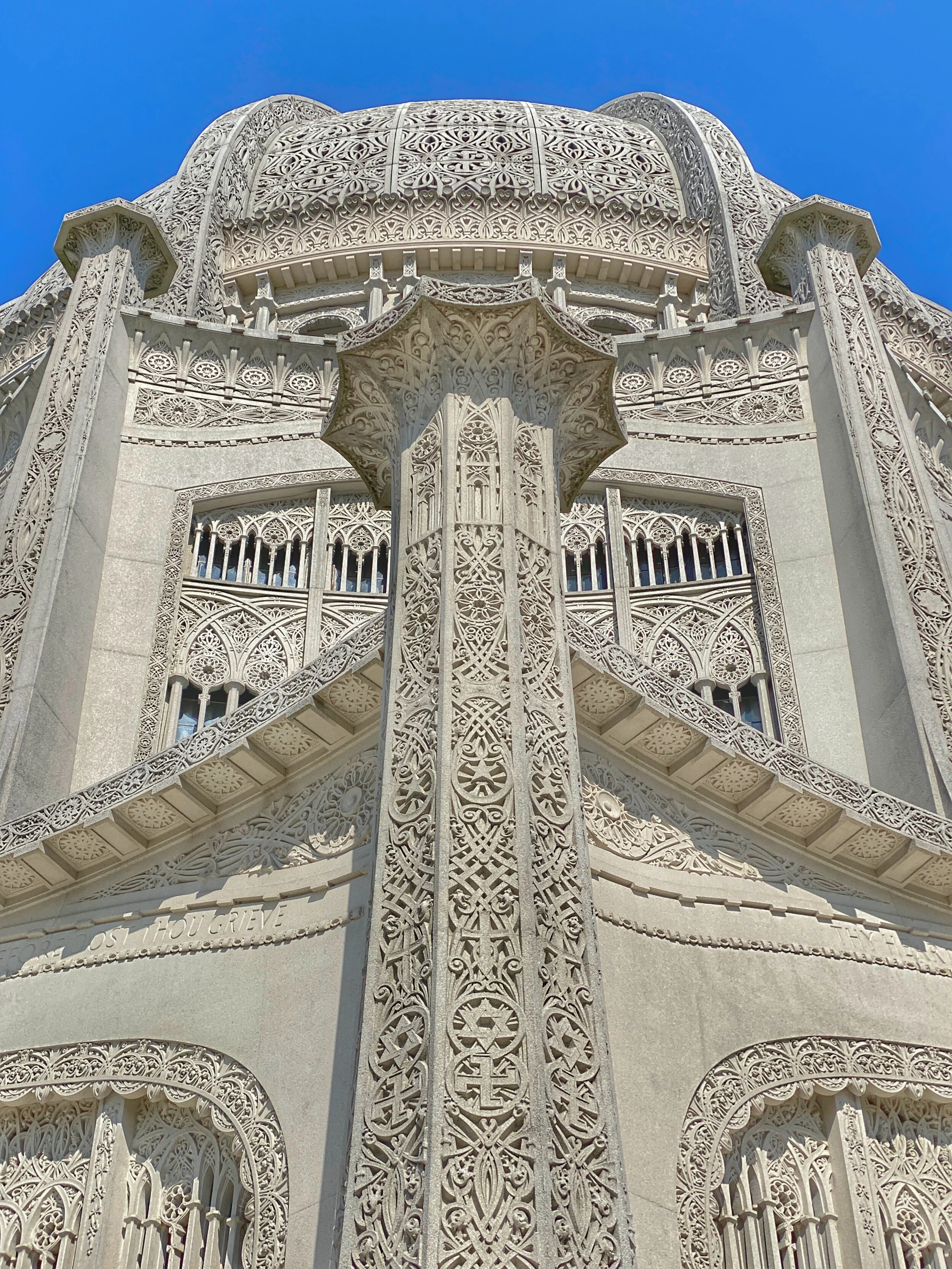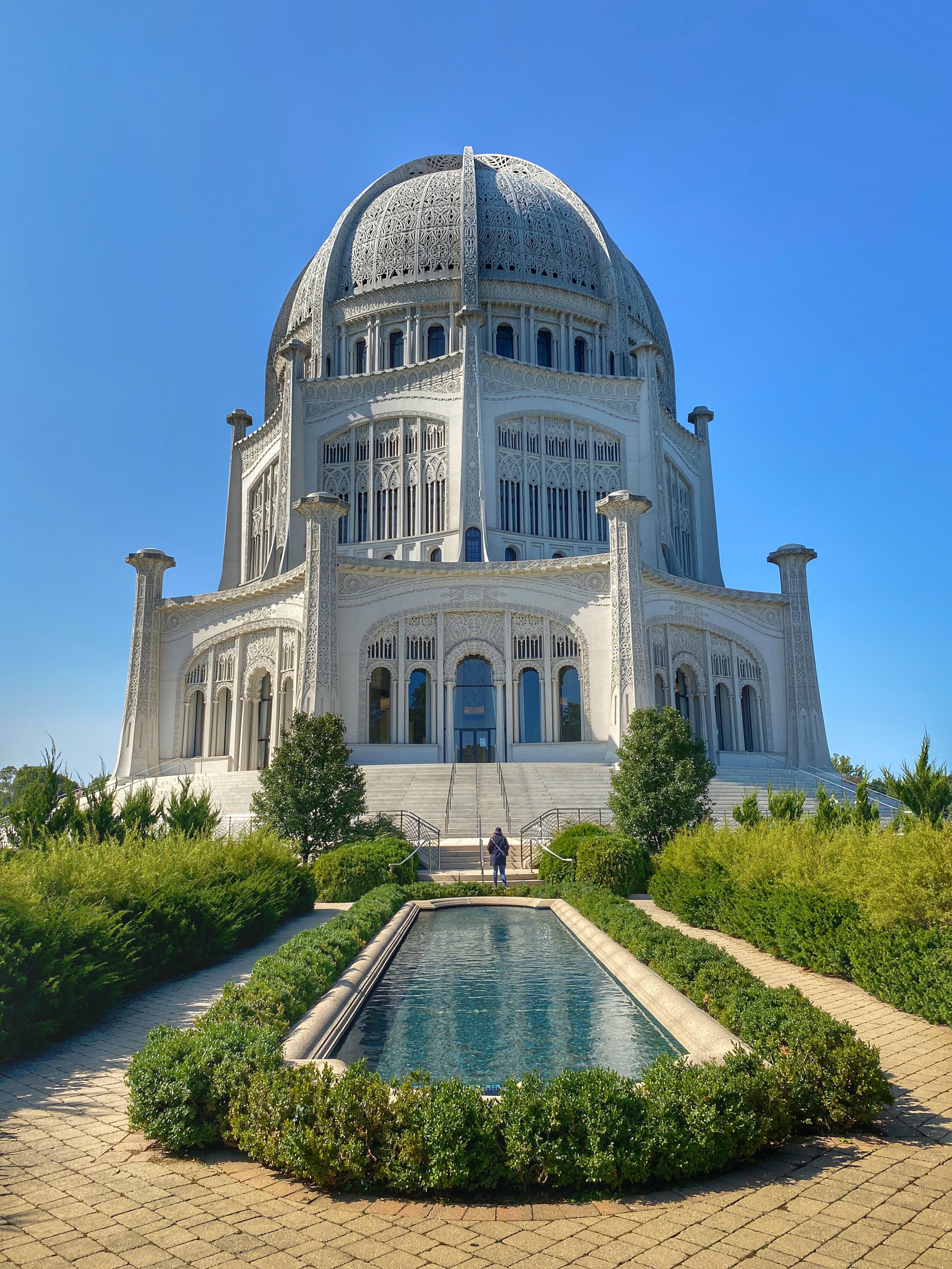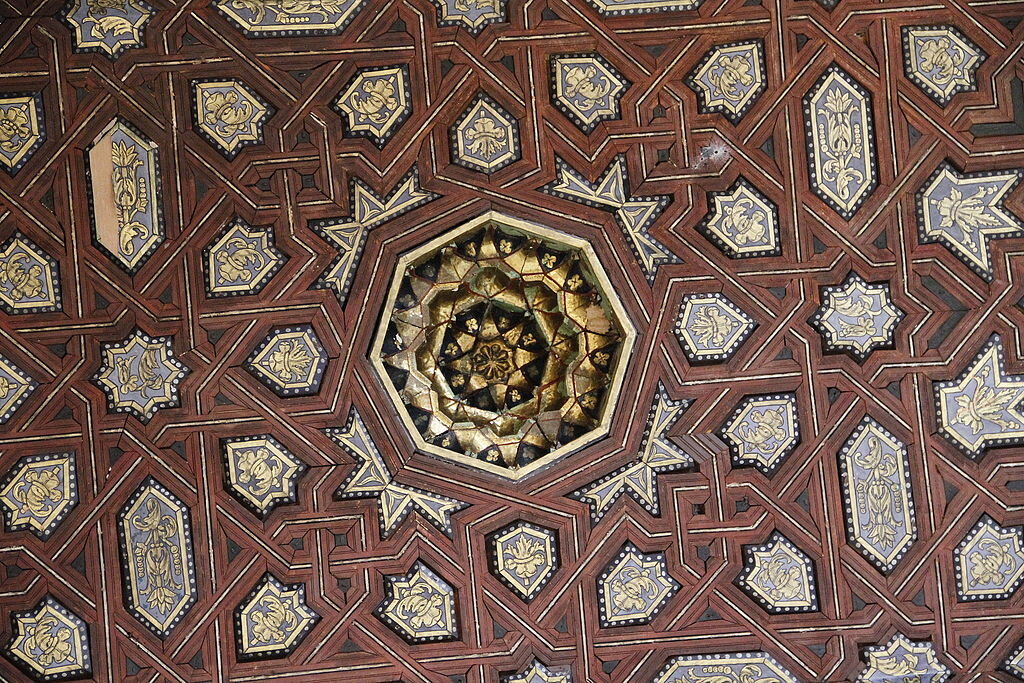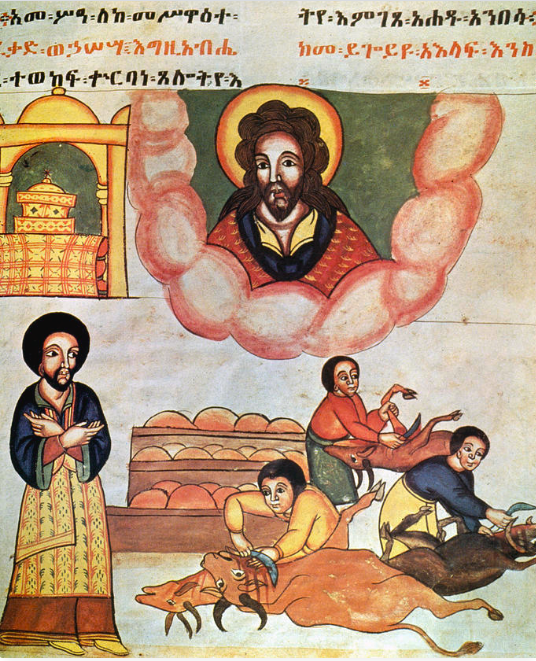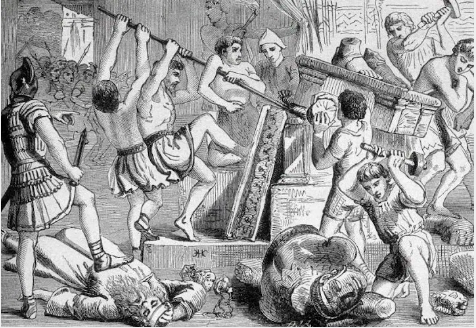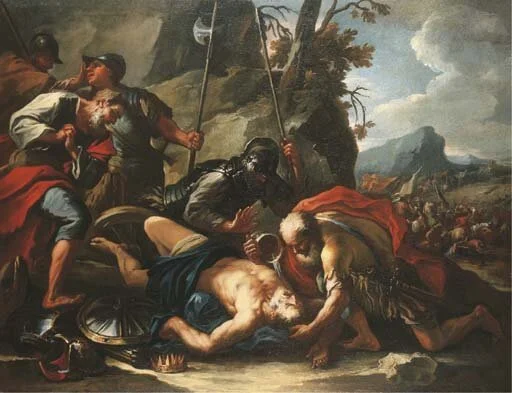They don’t actually worship the Devil, for one thing. Here are 5 surprising facts you need to know, from Satanist beliefs to the controversies that hound them — and the differences between the Church of Satan and the Satanic Temple.
There’s nothing scary about the Church of Satan — except, perhaps, their propensity for creepy costumes.
In the classic Saturday Night Live skit, Dana Carvey dresses up as the priggish Church Lady, and she’s got one thing on her mind: “Is it…Satan?!” For her, Satan has everything to do with it. And when discussing the Church of Satan, it’s ironic (and surprising) to learn that Satan doesn’t really have anything to do with it.
When you hear the words “Church of Satan,” like the Church Lady, you might picture a bunch of cultists clad in black robes, worshiping the Devil in nefarious ways. Maybe sacrificing a kitten or puppy now and then.
But the reality is much less salacious. The Church of Satan, founded in 1966 by a former carnie named Anton Szandor LaVey, is really just an organization that rejects traditional religious dogma in favor of individualism, rebellion and personal freedom.
“Satanism is often misunderstood as a religion promoting evil, violence and debauchery.
In fact, it’s a peaceful and individualistic philosophy that champions personal freedom, critical thinking and rationalism.”
“Satanism is often misunderstood as a religion promoting evil, violence and debauchery,” Blanche Barton, former high priestess of the Church of Satan, told Rolling Stone. “In fact, it’s a peaceful and individualistic philosophy that champions personal freedom, critical thinking and rationalism.”
Here are some of the most surprising facts about the Church of Satan that will make you question everything you thought you knew about Satanism.
No baptism by the Devil necessary — in fact, Satan is really just a symbol for the carnal, material and earthly aspects of life.
1. They don’t actually worship Satan.
Despite what the Bible thumpers might tell you, members of the Church of Satan don’t actually worship Satan as a literal being. There is no red-skinned Devil clutching a pitchfork and eager to torture sinners for eternity in Hell. Instead, they see Satan as a symbol of individualism, freedom and self-determination. According to the Church of Satan’s website, “Satan represents the carnal, material and earthly aspects of life.” By embracing these qualities, members seek to live life to the fullest and pursue their own desires and goals, no matter how “sinful” they may seem to others. In fact, Satanism preaches atheism.
What does the Church of Satan believe? If booze and drugs are your thing, you do you — so long as you don’t hurt anyone.
2. Evil isn’t what it’s all about. Satanic beliefs center on being true to yourself and questioning authority.
The Church of Satan has a set of guiding principles known as the Nine Satanic Statements, originally written by LaVey in 1969 in The Satanic Bible. These statements emphasize the importance of individuality, skepticism and critical thinking. For example, the first Satanic Statement reads, “Satan represents indulgence instead of abstinence!” (Not sure why LaVey felt like he needed to shout them all.) This encourages members to indulge in all of life’s pleasures, including sex, drugs and rock ’n’ roll.
Members of the Church of Satan seem to be very dramatic — and that includes Anton Szandor LaVey, its founder and author of The Satanic Bible.
The Nine Satanic Statements
Here’s the full list:
Satan represents indulgence instead of abstinence!
Satan represents vital existence instead of spiritual pipe dreams!
Satan represents undefiled wisdom instead of hypocritical self-deceit!
Satan represents kindness to those who deserve it instead of love wasted on ingrates!
Satan represents vengeance instead of turning the other cheek!
Satan represents responsibility to the responsible instead of concern for psychic vampires!
Satan represents man as just another animal, sometimes better, more often worse than those that walk on all-fours, who, because of his “divine spiritual and intellectual development,” has become the most vicious animal of all!
Satan represents all of the so-called sins, as they all lead to physical, mental or emotional gratification!
Satan has been the best friend the Church has ever had, as He has kept it in business all these years!
There’s mention of vengeance, of selfishness, of sins. The Church of Satan doesn’t believe in limiting its members’ choices or imposing moral restrictions. Instead, it encourages Satanists to pursue their own desires and goals — as long as they don’t harm others or infringe on their rights. (It’s not so far off from the Wiccan Rede, “An’ it harm none, do what ye will.”) This means that members are free to engage in activities that might be considered taboo or controversial by mainstream society and prudish worshippers of other religions, from BDSM to witchcraft — and even, God forbid, playing Dungeons & Dragons.
“Satanism is about elevating and empowering the self, not wallowing in guilt or self-denial. It’s about pursuing one’s own desires and goals, while respecting the rights and freedoms of others,” says Peter H. Gilmore, author of The Satanic Scriptures.
The Church of Satan takes a libertarian approach to politics and society, emphasizing individual rights and freedoms above all else. According to the Church of Satan’s website, “Satanists believe in free will, self-preservation and autonomy.” This means that the church is opposed to authoritarianism, censorship and other forms of control that limit individual expression and freedom. So if you’re sick of the government telling you what to do and think, maybe it’s time to join the Satanist movement.
Satan Exulting Over Eve by William Blake, 1795
3. The Church of Satan doesn’t require specific rituals or practices — but orgies are OK, it that’s your thing.
Unlike many other religious and spiritual organizations, the Church of Satan doesn’t require its members to engage in specific rituals or practices. Satanists are free to choose their own path and approach. However, the Church of Satan does offer resources and guidance for those who want to participate in Satanic rituals or ceremonies, including baptisms, weddings and even orgies (releasing lust is seen as an essential need).
Devil worshippers are everywhere — and they’re coming for your children! That was what some people believed in the ’80s, during the Satanic Panic. Thankfully, Wally’s parents still let him play D&D.
4. The Church has been embroiled in numerous controversies, including the so-called Satanic Panic.
The Church of Satan has faced controversy and opposition from mainstream society since its inception. Some people have accused the Church of promoting violence and immorality, while others have labeled it a dangerous cult. However, the Church of Satan has consistently maintained that it’s a legitimate religious organization that promotes personal freedom and individualism, and has even won legal battles in defense of its rights.
In the 1980s and ’90s, the Church of Satan became embroiled in what was dubbed the Satanic Panic, a wave of hysteria that swept across the United States and other countries. During this time, many people believed that Satanic cults were operating in secret, engaging in human sacrifice, ritual abuse and other horrific acts. While there was no real evidence to support these claims, the Church of Satan was frequently targeted and was blamed for influencing the behavior of alleged cult members, including brainwashed youth.
The Satanic Temple is a much more political group than the Church of Satan. They fought to have a statue of the demon Baphomet placed outside the Arkansas State Capitol next to a sculpture of the 10 Commandments as a protest against the lack of a separation of church and state.
5. The Church of Satan shouldn’t be confused with the Satanic Temple — the group behind the Baphomet statue in Arkansas.
While the Church of Satan and the Satanic Temple share some similarities in terms of their general beliefs and philosophies, they are distinct organizations with different leadership, history and goals.
The Satanic Temple, founded in 2013, has a more politically active and socially engaged mission. It uses the symbol of Satan as a tool to challenge authority, promote religious freedom and individual liberties, and advocate for social justice and progressive values. The Satanic Temple is organized as a nonprofit and engages in various campaigns, such as advocating for reproductive rights and opposing government-sanctioned displays of religion.
In 2018, the Satanic Temple wanted a bronze statue of Baphomet, a deity with a goat’s head and a human body, to be placed next to a monument of the 10 Commandments on the grounds of the Arkansas State Capitol.
While the statue was ultimately never installed due to a legal dispute, the controversy sparked a heated debate over the separation of church and state and the role of religious expression in public spaces. The temple’s involvement in the statue project once again highlighted the organization’s commitment to free speech and individual rights, and raised important questions about the limits of religious expression in the public sphere.
“We are not merely fighting to install this statue in Arkansas, we are fighting for the constitutional rights of all Americans,” Lucien Greaves, co-founder of the Satanic Temple, told NPR.
Despite their differences, both the Church of Satan and the Satanic Temple share a commitment to individual freedom, critical thinking and opposition to oppressive authority. They also both seek to challenge the dominant religious and moral values of society, and promote a more nuanced and rational understanding of the human experience.
Speak of the Devil
The Church of Satan is more than just a bunch of weirdos chanting in black robes (though, if you see some of their pictures on their website, that seems to be a part of their ceremonies). It’s a legitimate religious organization that promotes individualism, free thought and personal freedom. While it may not be for everyone, the Church of Satan is certainly not the sinister cult that many people make it out to be. Whether you’re a hardcore Satanist or just a curious outsider, the Church of Satan is a fascinating and provocative institution that deserves to be taken seriously.
Stop worrying about centuries-old moral codes? Do what’s right for you — so long as you don’t hurt others? That all sounds pretty heavenly to me.
So why not join the dark side and see what all the fuss is about? Who knows — you might just find your true calling as a card-carrying member of the Church of Satan. –Wally

